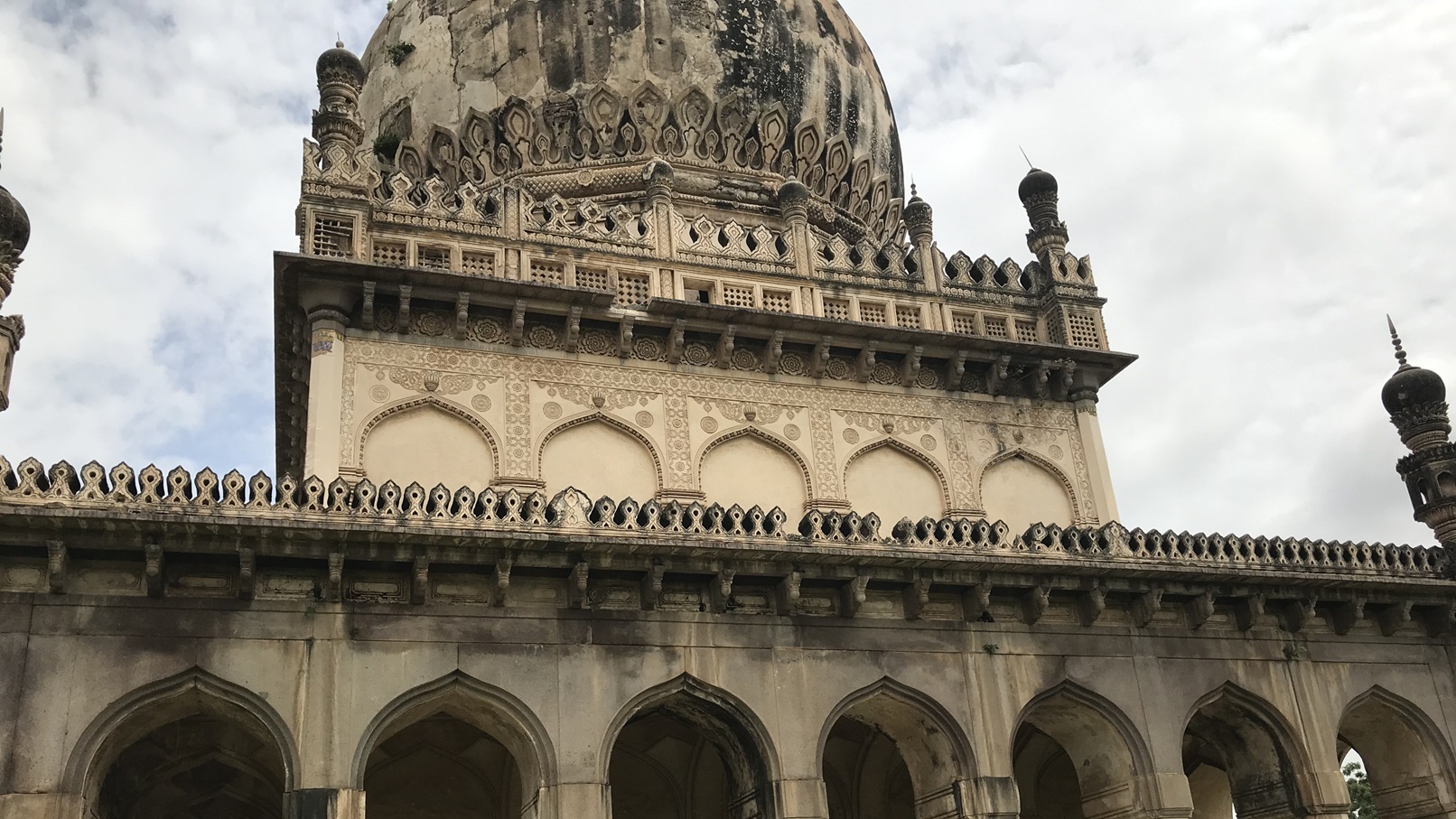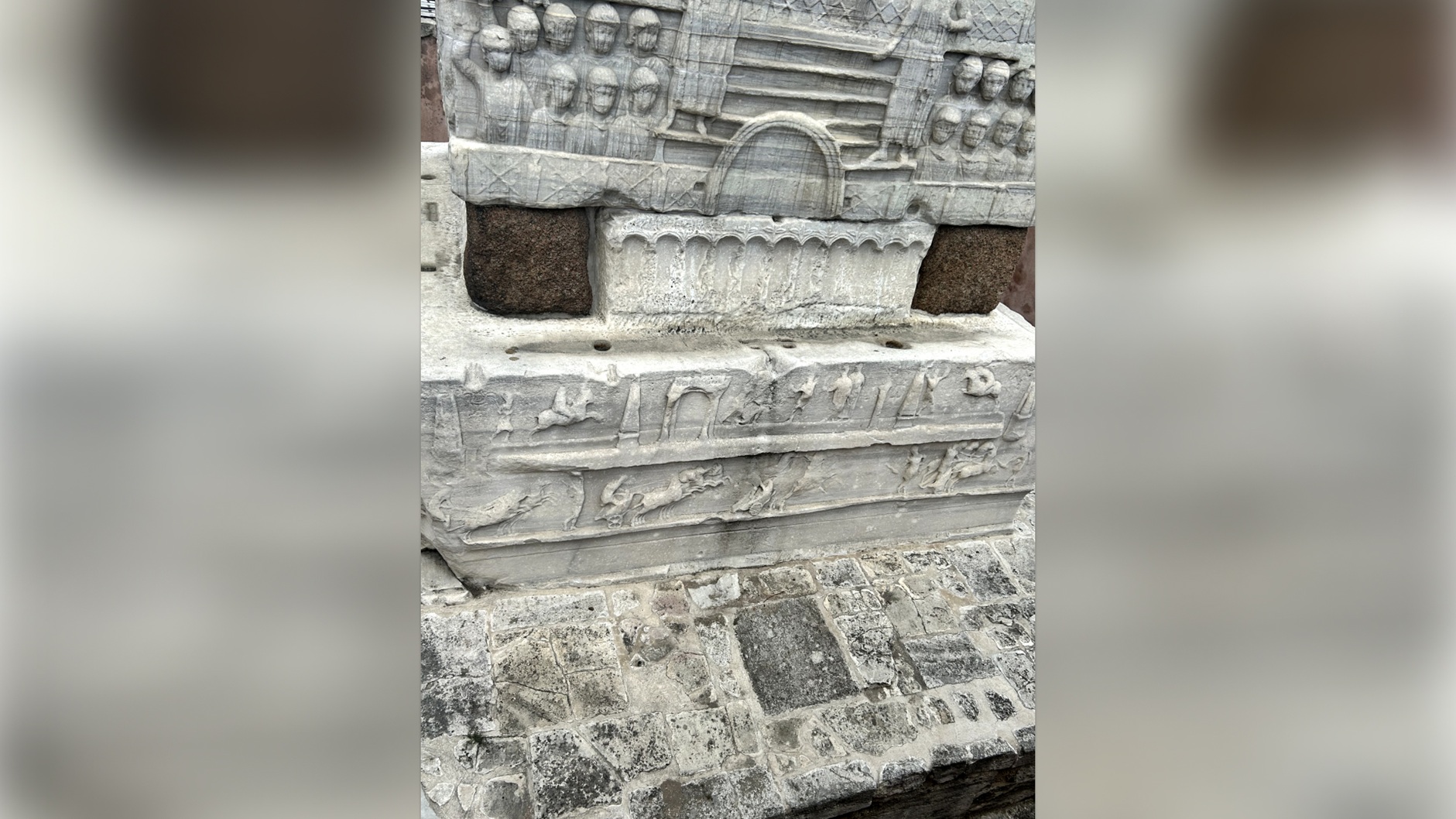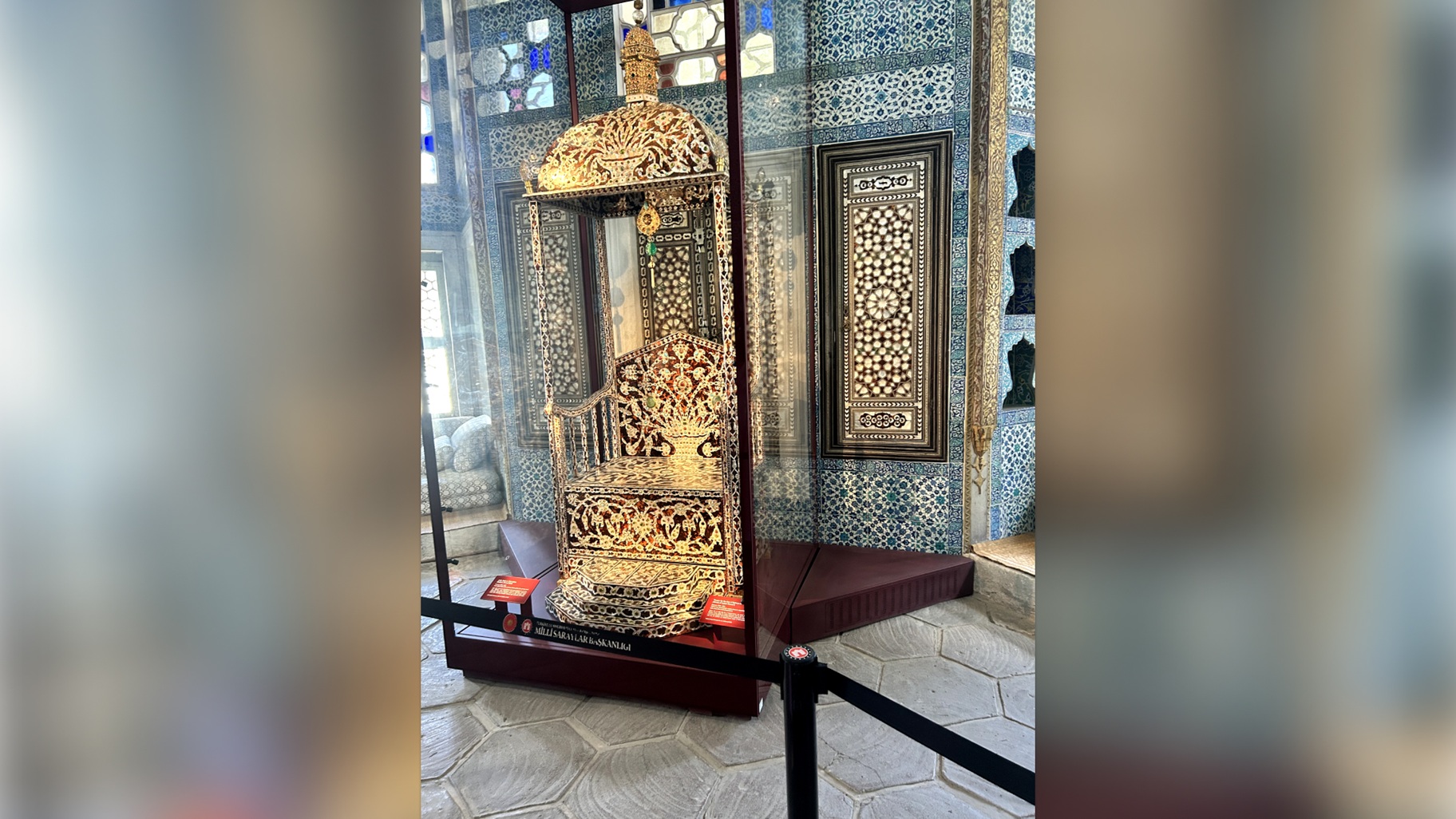
David’s Legacy and the Political Divisions of Israel: A Scriptural Analysis
Preamble:
David’s reign brought unity between Judah and Israel under his personal leadership. However, this political structure demanded strong leadership, something the House of David was ultimately unable to provide. Under Solomon, the kingdom began to disintegrate, and after his death, it was divided into two kingdoms. The foolish politics of Solomon’s son, Rehoboam, hastened this process. While Rehoboam sought to continue his father’s policies, the northern tribes, disillusioned with Solomon’s neglect of traditional tribal customs, demanded a return to the conditions that had prevailed under David.
In an effort to preserve their dignity and independence, the northern tribes summoned Rehoboam to the ancient sanctuary of Shechem to discuss his ascension to the throne. Overestimating his own strength, Rehoboam rejected their request for a reduction in burdens and the abolition of compulsory labor. This decision forced him to flee in haste, and what had been a growing division became a complete rupture. The northern tribes immediately declared their independence from the House of David, electing one of their own as king over Israel. From that moment, the kingdom was divided: the southern kingdom of Judah, ruled by Rehoboam, and the northern kingdom of Israel.
The two kingdoms followed divergent paths. Judah, with its more stable governance, remained loyal to the house of David and upheld the hereditary principle of succession until its eventual destruction in the 6th century BC. This loyalty may have been tied to the immense prestige of Jerusalem, the capital city, which housed both the Temple and the royal palace. These sacred and political structures stood side by side—both literally and metaphorically—as integral parts of the kingdom. Disloyalty to the house of David was, therefore, seen as disloyalty to Yahweh.
The Religious Situation in Judah and Israel (926-907 BC):
In the northern kingdom of Israel, Jeroboam took significant religious actions. He established the cultic centers at Dan and Bethel as royal sanctuaries and appointed his own priests. Jeroboam even set up cultic images and famously declared to the people, “You have gone to Jerusalem long enough. Behold your gods, O Israel…” (1 Kings 12:28). It is important to note that the biblical account often functions more as religious testimony than as a precise historical record. Jeroboam might have attempted to blend the worship of Yahweh with the Canaanite cult of Baal, reflecting the large proportion of the population in his kingdom who followed Canaanite traditions.
The Omri Dynasty (885-841 BC):
Omri, the king of Israel, established a powerful dynasty that had lasting effects on the northern kingdom. His son Ahab married Jezebel, the daughter of King Ethbaal of Tyre. Their children bore Yahwistic names, such as Ahaziah, Jehoram, and Athaliah. Ahab constructed a temple in Samaria dedicated to the Tyrian god Baal, which was later destroyed by Jehu (1 Kings 16:23; 2 Kings 10:21).
Ahaziah (853-852 BC):
Ahaziah, the son of Ahab, ruled briefly from 853 to 852 BC. He was succeeded by his brother Jehoram, who ruled from 852 to 841 BC.
The Rise of Athaliah:
Athaliah, the daughter of Ahab and Jezebel, was married to a king of Judah. When her son was murdered during a visit to the northern kingdom, Athaliah seized power in Judah. However, she was overthrown by the High Priest Jehoiada, and her grandson, the seven-year-old son of Ahaziah, was installed as king in her place.
Prophetic Figures in Israel:
The prophetic figures during this era, such as Samuel, Ahijah of Shiloh, and Gad, played crucial roles in the religious life of Israel. This period marked a time when God revealed Himself more fully through the prophets than through the simple rituals and answers provided by the priests. The last mention of these prophetic figures appears in Nehemiah 7:65, highlighting their significant influence during the time after Solomon’s reign.




